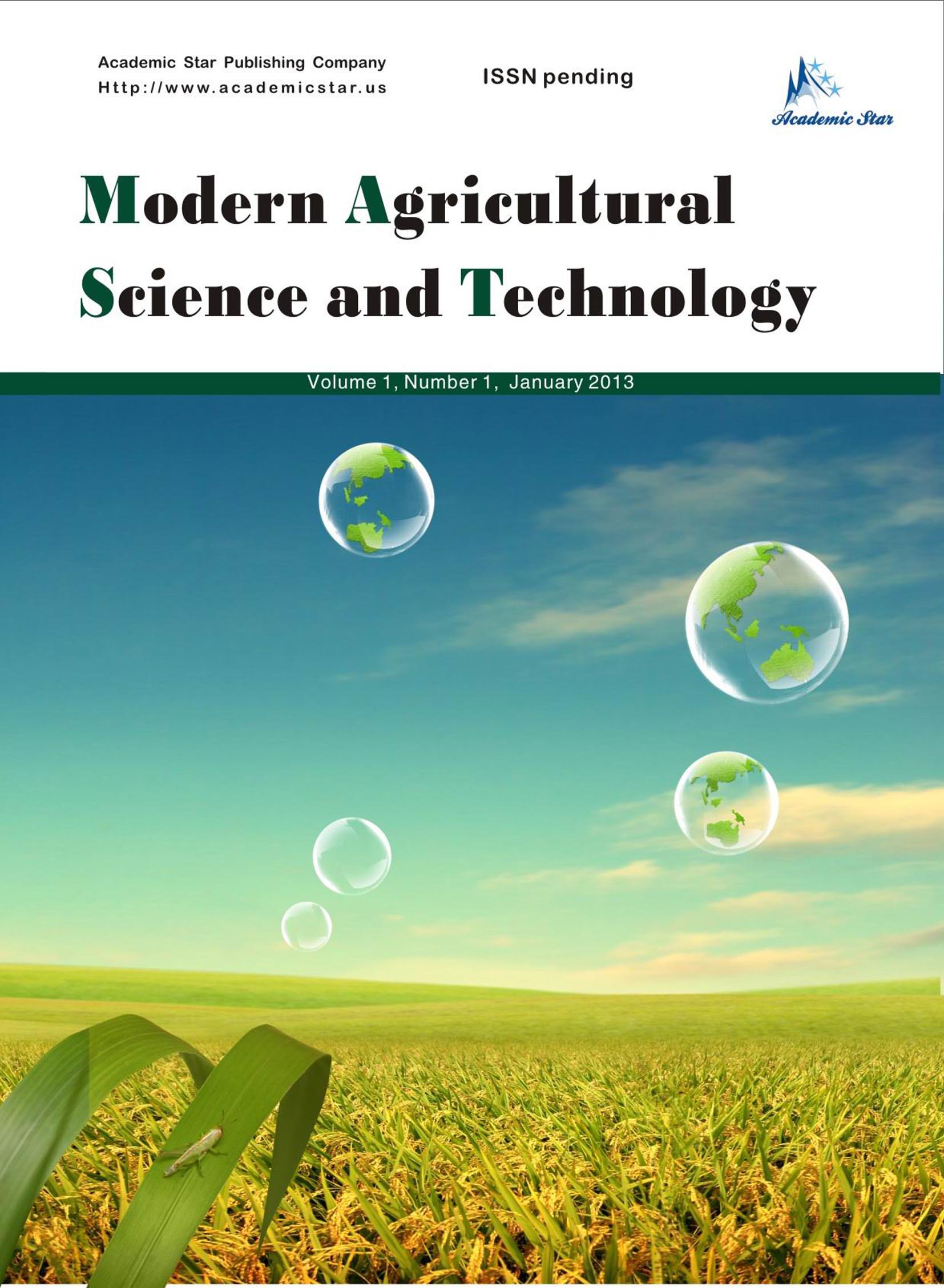
- ISSN: 2375-9402
- Modern Agricultural Science and Technology
Characterization of the Arboreal Flora of Two Provinces in South of Mozambique
1. Department of Forestry Engineering, Faculty of Agricultural and Forest Engineering, Zambeze University, Mozambique
2. Department of Forestry Engineering, Faculty of Agronomy and Forestry Engineering, Eduardo Mondlane University, Mozambique
Abstract: This study was carried out in two provinces in the south of Mozambique to characterize the structure and the floristic composition of the arboreal flora. 134 plots of 100´20 m and 93 plotswerea random sampling allocated in Gaza and Inhambane province, respectively. The tree with DBH equal or superior than 10 cm were identified and measured. The results in Gaza province shows that a total of 2593 trees were measured corresponding to 106 tree species, 25 botanical families and 54 genus. The most important species in this province were Colophospermum mopane, Guibourtia conjugata, Androstachys johnsonii, Spirostachys africana, Acacia burkei, Combretum zeyheri, Combretum molle, Sclerocarya birrea, Strichynos madagascariensis and Terminalia sericea. In Inhambane province, 2556 trees were measured distributed to 108 species, 30 botanical families and 58 genus. The most important species in this province were Brachystegia spiciformis, Colophospermum mopane, Androstachys johnsonii, Spirotachysafricana, Guibourtiaconjugata, Acacia nigresscens, Sclerocarya birrea, Margaritariadiscoidea, Brachystegia manga and Pteleopsis mytifolia. The diversity of the Inhambane forest was larger than the one of the Gaza forest (index of Shannon = 3.36, Pielou index = 0.72 and 3.09, Pielou index = 0.66, respectively). The Index of Jaccard and Sorensen revealed low similarity among the two forest. The specificity of identified species in each province can be used to define restoration and conservation strategies of the south of Mozambique.
Key words: floristic composition, diversity, forest conservation






